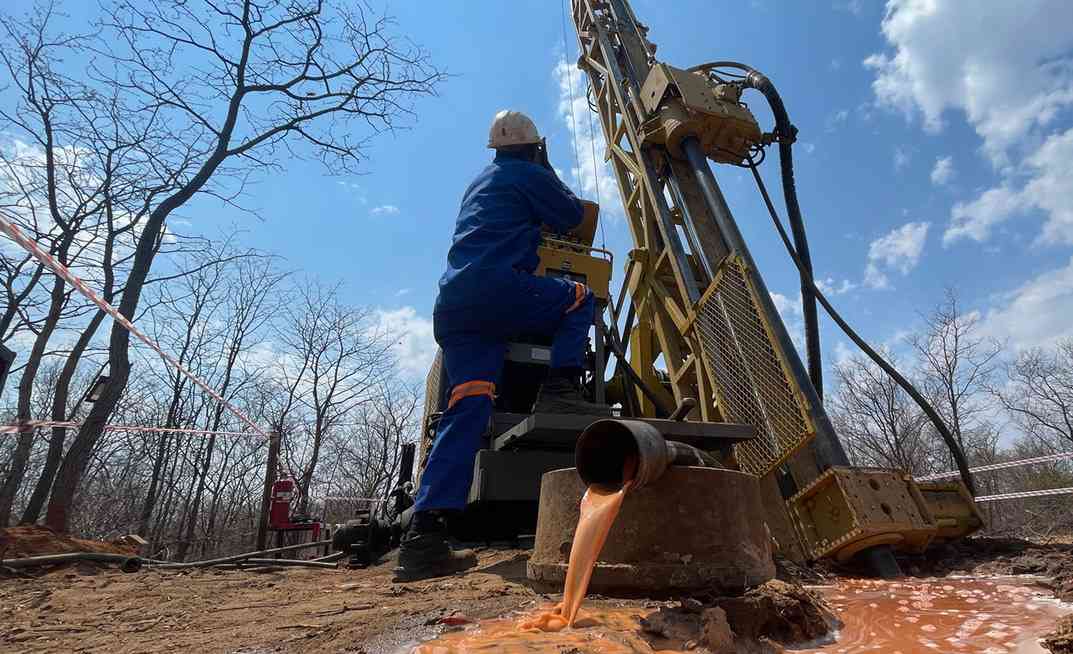
LATE last year, Zimbabwe experienced a serious quandary when the Zimbabwe River Authority (ZRA) suspended the country from generating electricity at Lake Kariba after exhausting its water allocation for the year.
The country was already suffering from rolling power cuts going up to 18 hours a day. The debate centred on how a large water body like Kariba Dam, once the largest man-made reservoir in Africa, could be losing water and threatening electricity generation.
So much was said from both Zimbabwe and Zambia, but ultimately both two countries surpassed their allocations for 2022.
However, with too much political posturing, authorities in the two countries turned their guns on ZRA for failing to manage the resource.
The arguments, however, overlooked one critical phenomenon contributing to the critically low water levels in Lake Kariba, climate change. Climate change is affecting water inflows into Kariba Dam, raising debate on its effect on hydro-electric power generation across the world.
According to the International Hydropower Association, hydro power provides clean electricity, with significantly lower greenhouse gas emissions than other energy sources.
“By reducing our reliance on fossil fuels, hydro-power avoids up to four billion tonnes of additional GHG emissions being emitted annually, versus coal-fired generation,” the association states.
Hydro-power is flexible, reliable, and cost-efficient, and, being a clean, low-carbon source of energy, can significantly reduce global reliance on the fossil fuels responsible for climate change.
- COP26 a washout? Don’t lose hope – here’s why
- Out & about: Bright sheds light on Vic Falls Carnival
- COP26 a washout? Don’t lose hope – here’s why
- Out & about: Bright sheds light on Vic Falls Carnival
Keep Reading
According to the World Energy Council (WEC), hydro-power accounts for more than 70% of the world’s installed renewable power generation capacity.
And, while it remains a largely untapped opportunity in the continent of Africa, developing only 7% of its potential, it is a critical component of African governments’ plans to meet growing energy needs.
Energy Economic Group (EEG) programme director Simon Trace argues that climate is putting hydro-power under threat.
“Hydro-power is particularly vulnerable to the effects of climate change – and the impact of the changes in rainfall and water availability, protracted drought events, significant variation in temperature regimes, and more frequent and severe weather events that are already being seen in sub-Saharan Africa,” he stated.
In Zimbabwe, hydro-power, specifically from Kariba, accounts for 70% of electricity generated in the country.
“Three of the largest rivers in the world — the Congo, Zambezi and the Nile — power most of this electrical generating capacity. In total, roughly 80 GW of future additional hydro-power capacity is envisioned for Africa in the coming decades, with 28GW of potential hydro-power located on the Nile and 13GW on the Zambezi,” Trace states.
The Programme for Infrastructure Development (PIDA), endorsed by African leaders in 2012, allocates nearly one-third (US$21 billion) of its priority budget allocation to hydro-power.
Trace, however, argues that climate change has the potential to impact the hydro-power sector.
“Potential impacts are estimated through scenarios projected across the expected lifespan of a hydro-power dam, generally ranging from 50 to 100 years. The storage capacity and operational flexibility of most hydro-power systems in Africa have been designed to account for historical patterns of hydrological variability, with contingency measures enabling the mitigation of dry periods.
“Most early-stage technical assessments, including the World Bank’s Hydro-power Sustainability Assessment Protocol, continue to rely on historical hydro-meteorological records. But the long lifespan of hydro-power infrastructure exposes their operations to decades of climatic variability, at a time when our capacity to accurately forecast climatic conditions is getting harder,” Trace said.
In an interview this week, Phenias Sadondo, an energy and environmental analyst, said the world is slowly shifting away from fossil fuels towards renewable energy.
“This explains the global call for the abandonment of fossil fuels, including coal-powered electricity generation which accounts for about 30% of global carbon dioxide emissions, is unequivocal. However, despite hydro-power being viewed as a sustainable, clean, low-carbon source of energy, climate variability is putting its future under threat,” Sadondo said.
In December 2015, the dam was 14% full as compared to 51% in the previous year, the situation nearly forced ZRA to stop power-generating turbines for both Zimbabwe and Zambia.
“These recent events highlight how climate variability is threatening hydro-power generation, which adversely impacts on economic growth and development. If warnings and climate projections are ignored, there is a serious risk of designing infrastructure that is not suitable for the climate of the future. To help make energy systems more resilient, we need to understand how climate change will continue to impact hydroelectric generation,” Sadondo said.
He added that Zimbabwe should integrate other renewable energy supplies, such as solar and wind, to reduce the climate exposure of high-capacity hydro-power schemes.
University of Zimbabwe doctoral student focusing on climate change governance in the context of the Paris Agreement, Archieford Mhondera concurred that hydro-power was highly vulnerable to climate change.
“It is imperative to make it a complementary source of energy to other sources such as solar and more advanced technology such as green hydrogen,” Mhondera said. “In critical cases, hydro-power can be deployed to manage the intermittency of other renewable sources. In the long-term solar energy seems to be reliable given that Zimbabwe is one of the sunny countries,” Mhondera said.
According to the National Renewable Energy Policy (2019), Zimbabwe has a national electrification rate of 42% while electricity has reached 83% of urban households while rural electrification is around 13%.
Government, according to the policy, aims to achieve an installed renewable energy capacity of 1 100 MW – excluding hydro – or 16,5% of the total electricity supply by 2025 including 2 100 MW or 26,5% of the total electricity supply by 2030.






